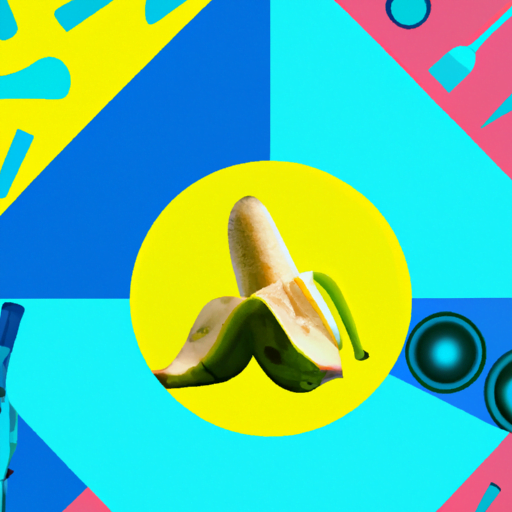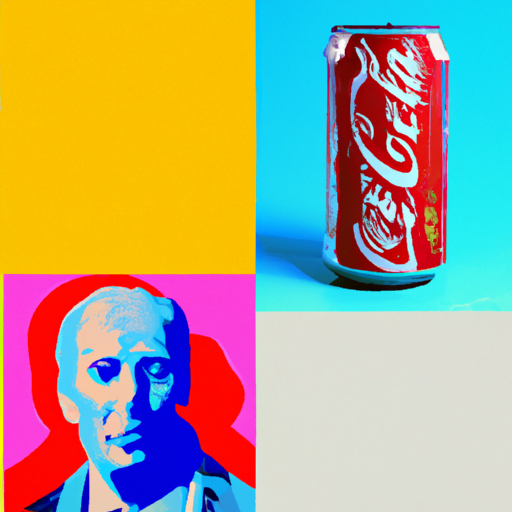
-
Table of Contents
The Influence of Street Art on Graphic Design Trends

Street art has long been a powerful form of expression, often associated with rebellion and counterculture. However, in recent years, its influence has extended beyond the streets and into the world of graphic design. This article explores the impact of street art on graphic design trends, examining how it has shaped the industry and inspired designers to push boundaries and think outside the box.
The Rise of Street Art
Street art emerged in the late 1960s and early 1970s as a form of artistic expression that challenged traditional notions of art and its place in society. It was born out of the graffiti movement, which started in New York City and quickly spread to other urban centers around the world.
What sets street art apart from other forms of art is its accessibility. Unlike traditional art forms that are confined to galleries and museums, street art is created in public spaces, making it accessible to anyone who happens to pass by. This accessibility has allowed street art to reach a wider audience and have a greater impact on popular culture.
The Intersection of Street Art and Graphic Design
Graphic design, like street art, is a visual medium that communicates ideas and messages. It encompasses a wide range of disciplines, including branding, advertising, and web design. While graphic design has its own set of rules and conventions, street art has challenged these norms and pushed designers to think differently.
One of the key ways in which street art has influenced graphic design is through its use of bold and vibrant colors. Street artists often use bright colors to grab attention and make a statement. This use of color has found its way into graphic design, with designers embracing bold and vibrant palettes to create eye-catching designs.
Another way in which street art has influenced graphic design is through its use of typography. Street artists often experiment with different letterforms and styles to create unique and visually striking compositions. This experimentation has inspired graphic designers to push the boundaries of typography, creating innovative and unconventional designs.
Case Study: Shepard Fairey
One of the most prominent street artists to have a significant impact on graphic design is Shepard Fairey. Fairey gained international recognition with his “Hope” poster, created for Barack Obama’s 2008 presidential campaign. The poster, which featured a stylized portrait of Obama with the word “Hope” underneath, became an iconic image that came to symbolize Obama’s campaign.
Fairey’s work combines elements of street art, graphic design, and propaganda. His use of bold colors, striking typography, and powerful imagery has influenced a generation of graphic designers. Many designers have adopted Fairey’s style, incorporating elements of street art into their own work.
The Impact on Branding and Advertising
Street art has also had a significant impact on branding and advertising. Traditionally, brands and advertisers have relied on polished and carefully curated images to convey their messages. However, street art has shown that raw and authentic visuals can be just as effective, if not more so.
Brands and advertisers have started to embrace the aesthetic of street art, using it to connect with younger and more urban audiences. By incorporating elements of street art into their campaigns, brands can tap into the rebellious and edgy nature of the art form, creating a sense of authenticity and credibility.
One example of a brand that has successfully incorporated street art into its advertising is Nike. In 2018, Nike collaborated with street artist Kaws to create a limited-edition collection of sneakers. The collaboration was a huge success, with the sneakers selling out within minutes of their release.
The Future of Graphic Design
As street art continues to evolve and gain recognition as a legitimate art form, its influence on graphic design is likely to grow. Designers will continue to draw inspiration from street art, incorporating its bold colors, experimental typography, and raw aesthetic into their work.
Furthermore, as technology advances, new opportunities for street art and graphic design to intersect will arise. Augmented reality, for example, could allow street artists to create virtual murals that can be experienced through a smartphone or other devices. This fusion of street art and technology has the potential to revolutionize the way we experience and interact with art.
Conclusion
Street art has had a profound impact on graphic design trends, pushing designers to think outside the box and embrace bold and unconventional ideas. From its use of vibrant colors to its experimentation with typography, street art has challenged the norms of graphic design and inspired a new generation of designers.
As street art continues to gain recognition and evolve, its influence on graphic design is likely to grow. Brands and advertisers will continue to incorporate elements of street art into their campaigns, connecting with audiences in new and exciting ways.
Ultimately, the intersection of street art and graphic design is a testament to the power of creativity and the ability of art to transcend boundaries. By embracing the influence of street art, graphic designers can continue to push the boundaries of their craft and create designs that are truly impactful and memorable.
